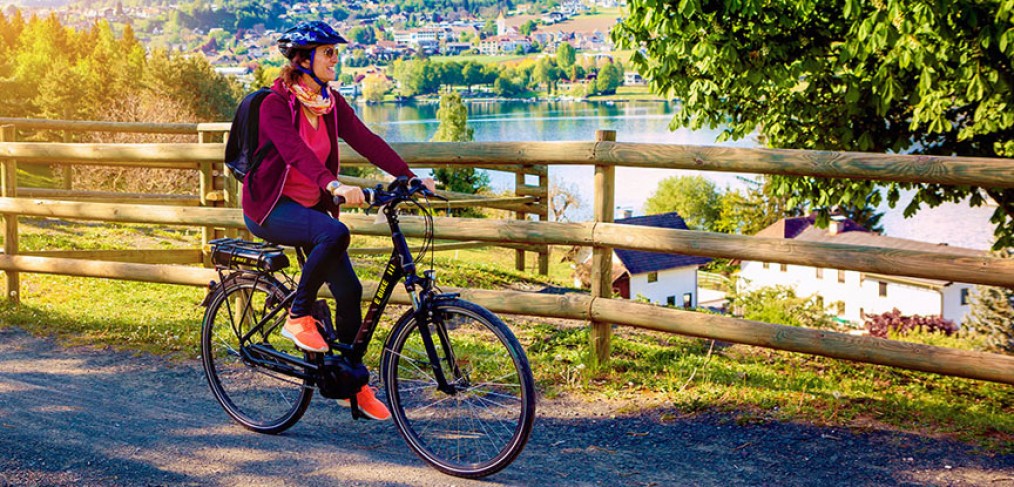
The Slow Exercise Movement
Why Slowing Down Could Be the Key to Lasting Health and Weight Loss
You may have noticed that fitness trends seem to be pushing us toward more intense and extreme exercises. The popularity of CrossFit and HIIT (high-intensity interval training) have made working out fast-paced, difficult, and perhaps even detrimental to our health. While physical movement is important, you could benefit from a slower, gentler approach.
In a study at the School of Kinesiology and Health Studies at Queen’s University in Kingston, Ontario, Canada, researchers had a group of overweight subjects perform either high intensity exercise for a short time or lower intensity exercises for a longer session. The result was that both groups expended a similar number of calories and lost the same amount of belly fat. Lead researcher Robert Ross, an exercise physiologist, said the findings are “good news” for sedentary people who want to drop pounds. “This means you have options,” Ross said. “If your primary goal is to lose some weight, all of these exercise regimens worked.”
Here are three reasons why a slower workout could be the key to lasting health and weight loss.
Extreme Workouts Can Raise Cortisol Levels
We often hear how exercise is a great way to combat stress. But did you know that high-intensity and endurance exercises can activate the body’s stress response and trigger the release of cortisol. With consistently high levels of cortisol you can have increased risk for a number of health problems, such as trouble sleeping, digestive issues, and depression. Long-term exposure to increased cortisol can lead to weight gain, as your appetite and insulin levels are continuously spiked and you tend to crave sugary, fatty foods.
The best way to avoid this over production of cortisol is to practice recovery and relaxation in between high intensity workouts. In fact, the American Council of Exercise recommends only doing light activity for 24 to 96 hours after an intense workout. Slow exercise includes yoga, Pilates, tai chi, barre workouts, walking, biking and swimming. Slow, mindful activities allow the body to rebalance hormones such as cortisol, to repair the body, and to decrease blood pressure.
Overtraining and Intense Exercise Can Lead to Injury
Strenuous exercise can cause injuries, which can be intensely disheartening for both new and experienced exercisers. Sadie Lincoln, wellness expert and fitness instructor, says “Moving in a slow, mindful way allows us to adapt each posture to exactly what our bodies need. We move in a more productive way that gives us sustainable results without placing the body at risk for injury. Athletes and super-active clients of mine love this benefit! There is nothing more frustrating than being injured if you identify with being physical.”
Overtraining can also lead to exhaustion, illness and loss of muscle mass. Making sure to rest and to balance your routine with slow workouts can keep you from training too hard and can help you recover from intense workouts.
Psychologist Alan Fogel says that slow exercise can be similar to meditation, as it allows you to focus on movements and breath. This creates a “relaxation response” in the body that lowers blood pressure, decreases blood sugar levels, rebalances hormones and allows the body to recuperate and repair itself.
Slow and Sustained Exercise is Less Intimidating
If you are new to fitness, out of shape, or don’t enjoy intense training, slow exercise is the perfect solution. A study published in the Journal of Sports Science & Medicine found that 20 minutes of continuous, moderate cardiovascular exercise yielded the same health benefits as high intensity exercise. And participants enjoyed the moderate cardio exercise more than the intense interval training. We advocate choosing an exercise program that is sustainable and enjoyable. After all, if you do what you enjoy, you will keep doing it!
Build a base level of fitness with an exercise regimen of 30 minutes of cardio a day such as brisk walking, cycling, or swimming. Incorporate yoga or stretching to build flexibility and prevent injury.
If you are ready to get in shape, take the advice of the fabled tortoise, who won a race against the speedy hare: slow and steady wins the race.
